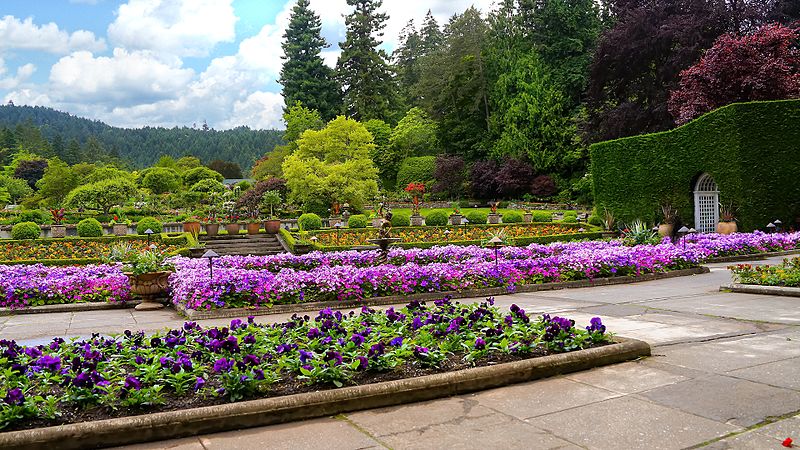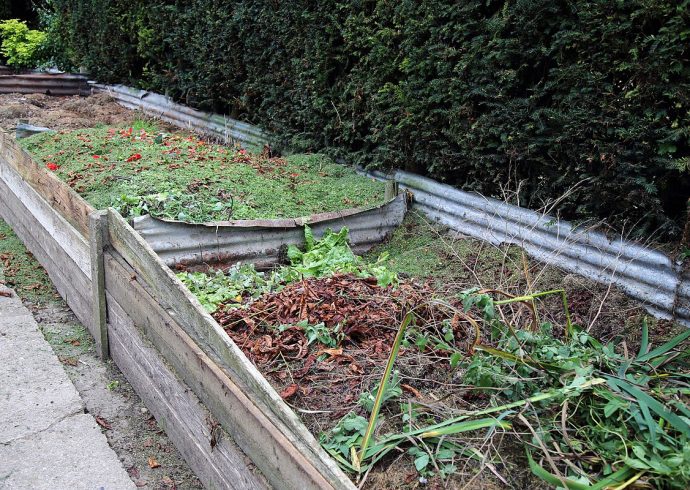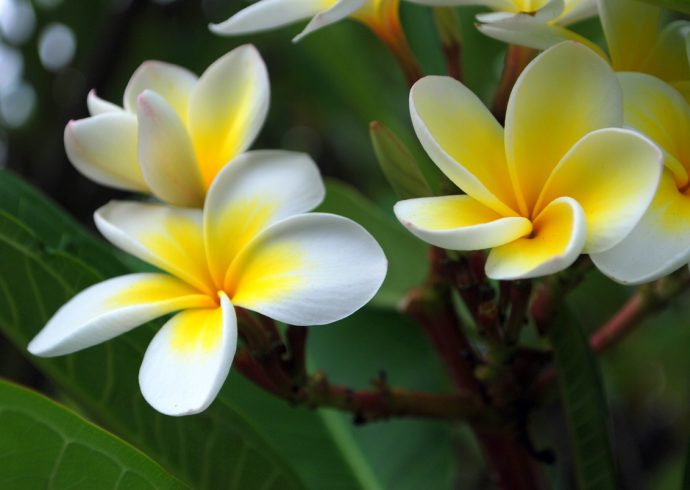
Plant an Italian Garden
A Mediterranean style garden can provide a whole new look for your yard and an Italian garden is no exception. Traditionally, Italian gardens were more green than multicolored with flowers but a modern version of an Italian garden can combine the different shades of green with your favorite flowers.
Evergreens provided the main source of greenery for the Italian garden. As a rule these evergreens were not just box hedges but were also trimmed to various topiary shapes. Unlike purely decorative flower gardens, Italian gardens served as places for growing vegetables and herbs, surrounded by hedge borders. So if you want to have a vegetable garden, it can be incorporated into your Italian garden quite nicely. Radicchio, spinach, tomatoes, zucchini, squash are some traditional Italian vegetables but of course you can plant other favorite vegetables in your Italian garden. Herbs like basil, oregano, and rosemary are a wonderful addition if you enjoy cooking Italian food. Garlic is recommended as well and tastes delicious in any type of cooking, especially if you like baking garlic bread.
Hedge borders mark off designated spots for planting smaller plants. These borders are usually geometric in shape and here, you can plant any type of low-growing box hedges for your borders.
You can arrange your garden so you have the vegetables on one side, or the flowers and other decorative greens on the other side, or you can alternate each plant bed. In other words, in your first bed, have tomato plants, in the one next to it, bright colored flowers, and in the third, a non-flowering plant, like Dusty Miller.
Following is a list of different plants you can use to complement the green shrubs:
Blue-green leafy plants: hosta, collards, cruciferous vegetables. Deer eat hosta so if you live in an area where deer come through your yard, plant something in place of the hosta.
Red leafy plants: burning bush, Mandarin’s Gown Acalypha, Fire-Dragon Acalypha.
Gray leafy plants: Gray Cottonheads, Dusty Miller, artemesia, Silver King, Silver Queen.
Pergolas and trellises are another common element to the traditional Italian garden. Vine plants and climbing flowers grow on trellises. Morning glories are beautiful on trellises but you can also include clematis and climbing roses. English ivy is beautiful but it can be difficult to keep under control because it does spread quickly. Both pergolas and trellises line paths in the garden. Italian inspired urns for individual plants like geraniums can be strikingly beautiful if the urn is white and the flowers bright red or pink.
Fruit trees are also part of the traditional Italian garden. If the climate you live in permits it, an olive tree can be planted in your garden. Other fruit trees can also be planted in your garden, whether it is an apple tree, pear tree, or orange tree.
Lastly, a fountain and Roman statuary can also be added to your garden. Don’t forget to add some wrought iron garden furniture to your Italian garden. Enjoy your Italian garden!
Image Credit: Michael S. Shannon, CC BY-SA 4.0, via Wikimedia Commons


